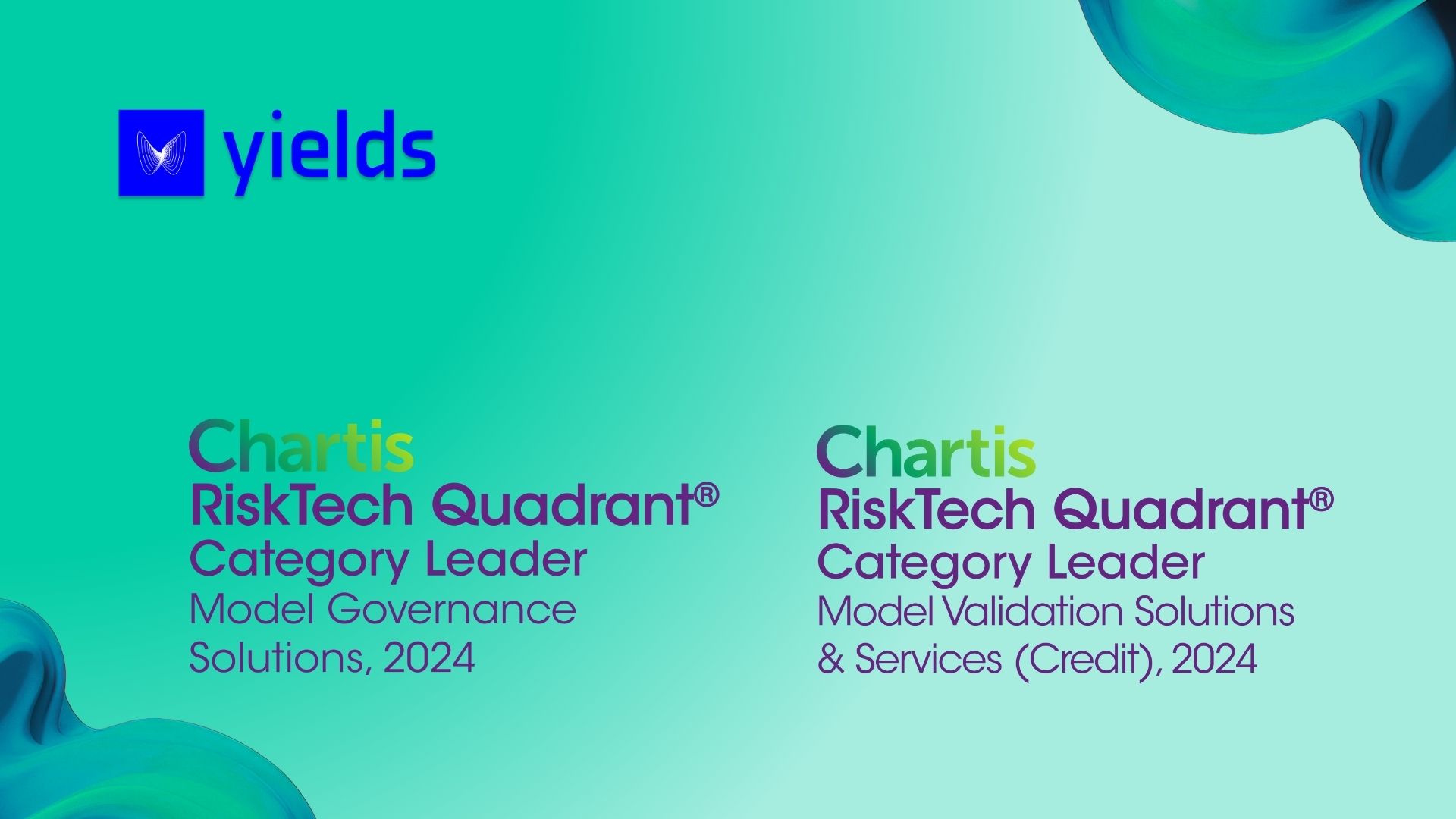Exploring the Role of Competitive Intelligence and the Future of Automated Machine Learning (AutoML) with Thomas Dinsmore.
In a recent webinar, we had the pleasure of discussing key insights and trends in the field of competitive intelligence, machine learning, and automated machine learning (AutoML) with Thomas Dinsmore, an experienced data scientist and competitive intelligence expert. With an impressive background at companies like DataRobot and Domino Data Labs, Thomas shared valuable thoughts on how businesses gather, analyze, and leverage competitive insights and where he sees the future of AutoML and data science platforms heading.
One of the key takeaways of this webinar is that although AutoML democratizes the use of machine learning algorithms, human overview remains important to limit the risk of using the models incorrectly.
What Does a Competitive Intelligence Role Involve?
Competitive intelligence (CI) is a strategic function that delivers insights tailored to different teams within an organization:
- Executives rely on CI for timely information about competitors’ moves, like mergers, product launches, and strategic shifts. This information helps leaders make quick, informed decisions that impact the company’s position in the market.
- Product Teams use CI for in-depth analyses that help in shaping long-term development strategies, prioritizing investments, and understanding the trajectory of competing products.
- Sales Teams leverage CI to gain messaging insights that can help sway potential clients by highlighting their own product’s strengths over those of competitors.
CI professionals combine informal insider knowledge with publicly available resources, like competitor documentation, to identify gaps or misalignments between a competitor’s messaging and actual product features. This strategic analysis helps companies remain competitive, informed, and prepared to respond to market changes.
How Does AutoML Work?
AutoML is a powerful tool that automates parts of the model-building process, making it easier and faster for data scientists to develop effective machine learning models:
- Experimentation at Scale – AutoML platforms run multiple tests across various algorithms, selecting the best-performing models for a given dataset.
- Feature Engineering – Some advanced AutoML tools go a step further, optimizing how data is structured and processed before it enters the model. This “feature engineering” ensures the model and algorithm are well-matched, resulting in more accurate outputs.
- Enhanced Productivity – By automating many time-intensive processes, AutoML allows data scientists to develop models faster and with less manual work.
The Role of Transparency and Limitations in AutoML
Transparency remains a critical consideration in AutoML, especially for industries where understanding model limitations and potential risks is essential. Financial services, healthcare, and other high-stakes fields require models that clearly outline their limitations to prevent risks. While AutoML tools often include features that help users identify potential issues, human oversight is still crucial. By providing experienced data scientists with more efficient tools, AutoML streamlines model building without entirely replacing human judgment.
The Future of Data Science Platforms and Generative AI
The future of data science platforms is set to be shaped by trends in generative AI, hybrid deployment models, and data privacy. Some anticipated directions include:
- Integration of Generative AI – Generative AI is poised to become a core part of data science platforms, enhancing machine learning capabilities and potentially transforming many use cases. The scale of its adoption will depend on how well generative models align with business needs and outcomes.
- Hybrid Development and Deployment Models – As data privacy concerns rise, companies are likely to separate model development from deployment. Development, which requires high computing power, will remain cloud-based, while deployment may often be on-premises or through hybrid models.
- Federated Learning and Privacy Constraints – Privacy requirements will increasingly lead to federated learning, where model training occurs across decentralized datasets, ensuring privacy while extracting insights from varied sources.
Conclusion
The synergy between competitive intelligence and AutoML underscores the importance of both strategic insight and technological capability in today’s business landscape. AutoML is empowering data scientists to build models more effectively, while CI provides essential insights that drive business decisions and innovation. As data science platforms continue to evolve, organizations can look forward to new tools and frameworks that will further optimize both the productivity and strategic impact of machine learning applications.
For those looking to leverage these innovations, staying informed on developments in CI, AutoML, and generative AI will be critical as these fields continue to grow and transform.




